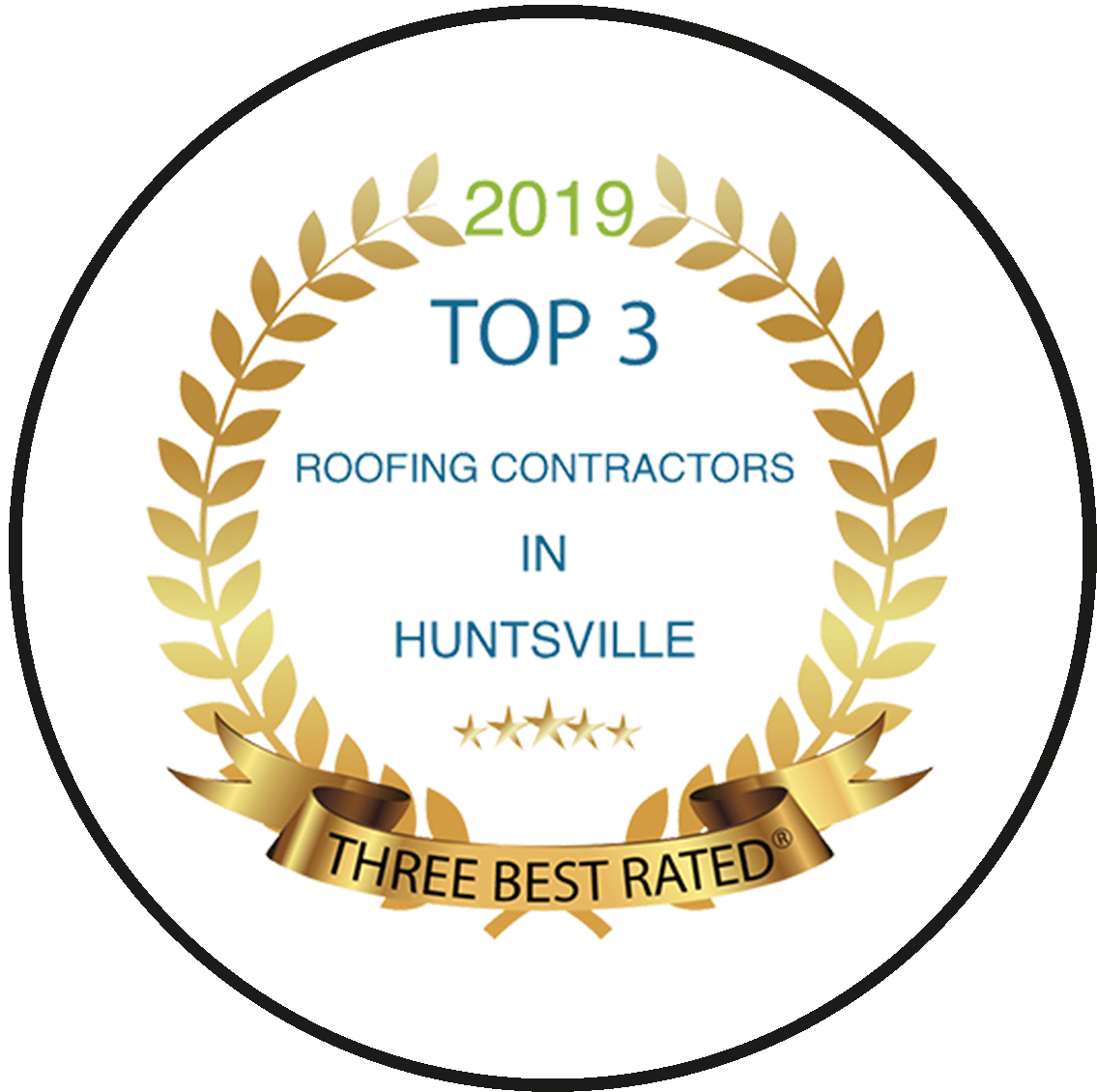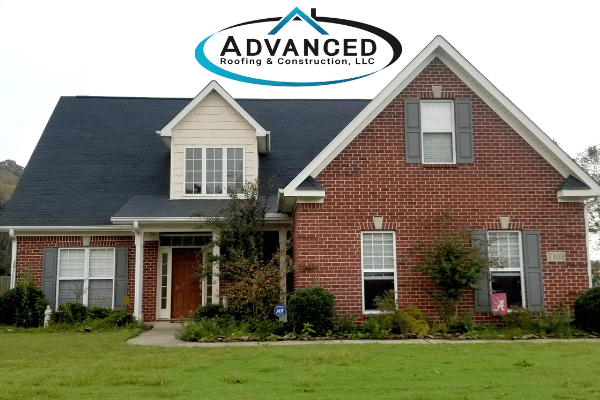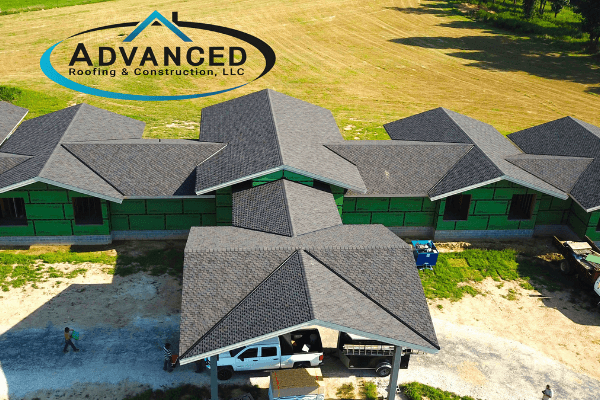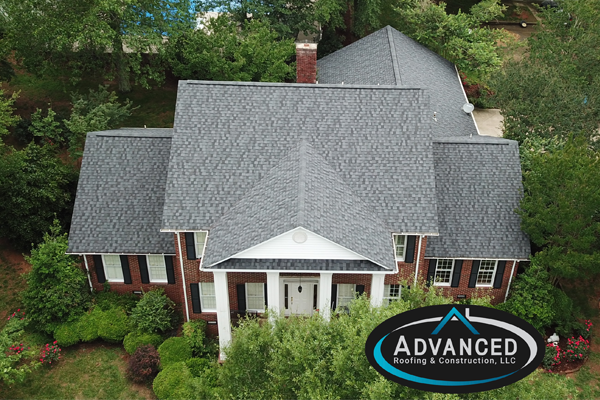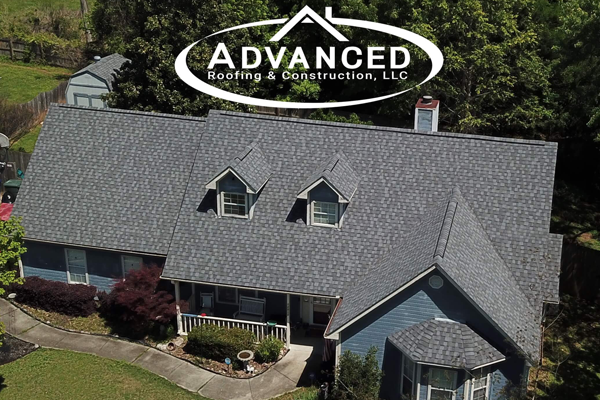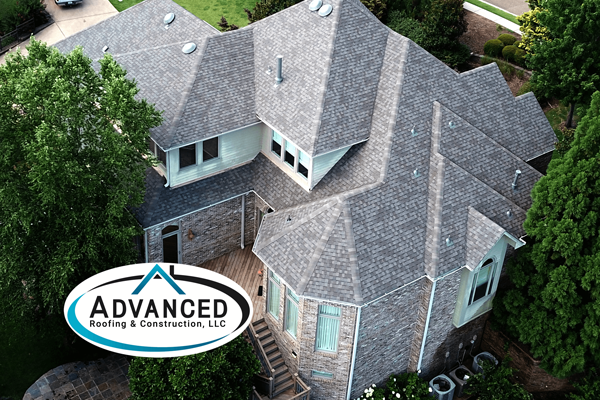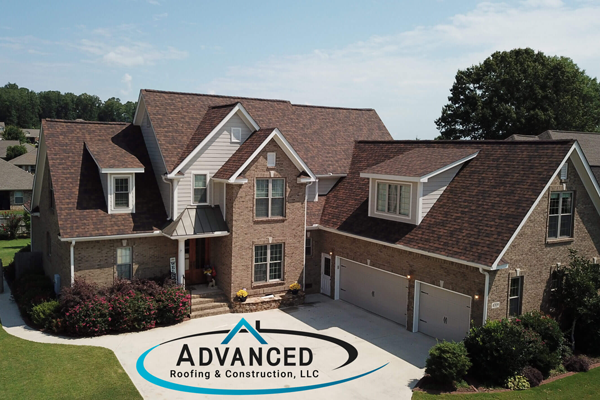Introduction to Roof Ventilation
As a homeowner, grasping the fundamentals is key. Roof ventilation is not just about temperature control—it’s a safeguard against moisture issues and a boost to energy efficiency. Explore various types like ridge vents and soffit vents, and uncover the secrets to prolonging your roof’s life. Understanding the essentials of optimal ventilation helps ensure your home is well-ventilated and fortified for the long haul.
Understanding the Importance of Roof and Attic Ventilation
Proper roof and attic ventilation are essential for maintaining a healthy home. Here’s why it matters:
- Temperature Comfort: Good ventilation keeps your home at a comfortable temperature, whether it’s hot or cold outside.
- Moisture Control: It prevents the buildup of moisture, which can lead to mold and structural damage over time.
- Energy Efficiency: In warmer weather, ventilation helps cool your home naturally, reducing the need for excessive air conditioning. In colder climates, it prevents ice dams and conserves indoor warmth.
- Longer Roof Life: Well-ventilated attics protect your roofing materials from extreme temperatures, extending their lifespan.
- Healthier Indoor Environment: Proper ventilation contributes to better indoor air quality, promoting a healthier living space.
Recognizing Signs of Poor Ventilation
Recognizing signs of poor ventilation is vital for a healthy home. You should look out for:
- Condensation Buildup: Keep an eye out for moisture accumulating on windows, signaling inadequate ventilation.
- Musty Odor: A lingering musty smell is a telltale sign that your home may be lacking proper air circulation.
- Visible Mold Growth: The presence of mold is a clear indication of excess moisture and ventilation issues.
- Uneven Temperature: Notice if there are noticeable temperature variations in different areas, hinting at ventilation challenges.
- Persistent Stuffiness: If your living spaces consistently feel stuffy, it could be a sign of ventilation problems.
Identifying Roof Ventilation Damage
Recognizing signs of roof ventilation damage is essential for a healthy home. Keep an eye out for blocked vents, damaged soffits, or loose shingles during inspections. These issues hinder proper airflow, risking moisture buildup, mold growth, and decreased energy efficiency.

Symptoms of Inadequate Ventilation
Exploring a home with insufficient ventilation can bring about discomfort and potential problems. Watch for these unmistakable signs – from musty odors to peeling paint – to maintain a healthy and well-balanced living environment. Below are signs your home has inadequate ventilation:
- Excess Condensation: Keep an eye out for noticeable condensation on windows or surfaces, signaling potential ventilation issues.
- Musty Odor: If you detect a persistent, unpleasant smell, it could be a red flag for poor air circulation throughout your home.
- Mold Growth: Check for visible mold on walls, ceilings, or hidden corners, as it indicates a lack of proper ventilation.
- Uneven Temperature: Notice variations in room temperatures, which might be a result of inadequate airflow.
- Stuffy Atmosphere: Experience a consistent feeling of stuffiness or discomfort, suggesting a ventilation problem.
- Increased Allergies: Poor ventilation can worsen allergy symptoms, affecting your overall well-being.
- Peeling Paint or Wallpaper: Watch for peeling due to excessive moisture in enclosed spaces, often linked to ventilation issues.
- Water Stains: Look out for visible stains on ceilings or walls, indicating potential leaks caused by ventilation problems.
Common Ventilation Issues in Homes
These are the top 5 reasons that cause common ventilation issues in homes.
- Blocked Vents: When vents accumulate debris, dust, or pests, they can impede the natural flow of air, causing ventilation issues.
- Inadequate Vent Size: Smaller or poorly designed vents fail to facilitate proper air exchange, resulting in subpar ventilation within the home.
- Poorly Placed Vents: Vents placed incorrectly disrupt the intended airflow, leading to uneven distribution and leaving some areas with insufficient ventilation.
- Damaged Ductwork: Leaks, blockages, or deteriorating ducts compromise ventilation system efficiency, diminishing its overall effectiveness.
- Insufficient Roof Ventilation: Improperly installed or insufficient roof vents trap heat and moisture in the attic, giving rise to problems such as mold growth and reduced energy efficiency.
Types of Roof Vents and Their Impact
Exploring the world of roof vents unveils their crucial role in sustaining a healthy home. Whether it’s the continuous airflow facilitated by ridge vents or the efficient heat release of static vents, each type has a distinct impact. This understanding is key to optimizing ventilation, preventing moisture-related problems, and preserving your home’s structural integrity.
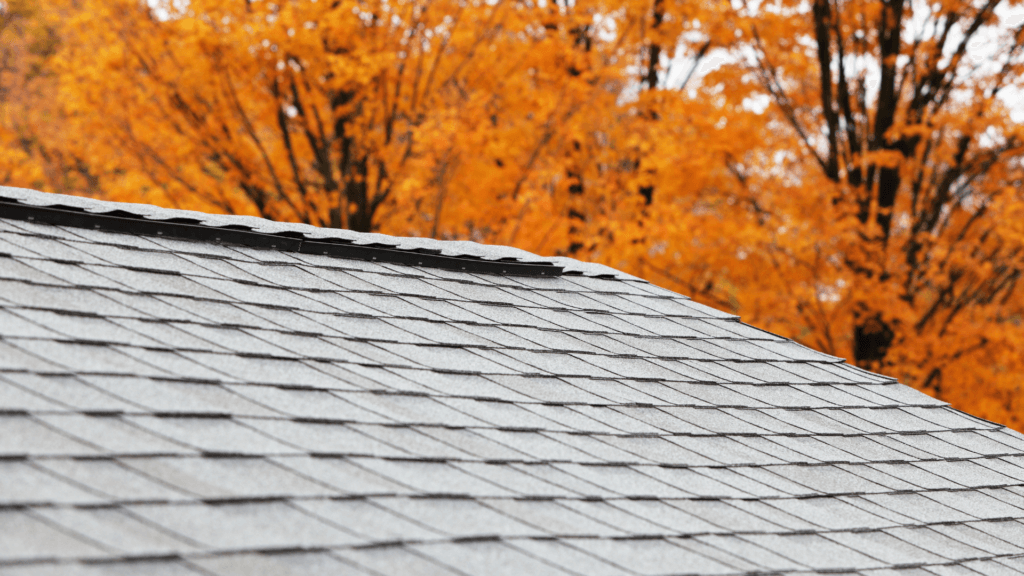
Differentiating Between Ridge and Turtle Vents
Understanding the nuances between ridge and turtle vents is crucial for effective roof ventilation. Ridge vents, situated along the roof peak, ensure continuous airflow and consistent temperature distribution. In contrast, turtle vents, with their static design, allow hot air to escape. Recognizing the specific roles of each type empowers homeowners to make informed decisions, tailoring their ventilation strategy for a healthier and more energy-efficient home.
Pros and Cons of Various Vent Types
Ridge Vents
Pros:
- Consistent Ventilation: Ridge vents ensure a steady flow of air along the roof’s peak, promoting optimal ventilation.
- Aesthetic Appeal: Their low-profile design is less conspicuous, preserving the roof’s visual appeal.
- Efficient Heat Dissipation: Ideal for releasing hot air, preventing attic heat buildup.
Cons:
- Installation Challenges: Precise installation is vital for effectiveness, adding a layer of complexity.
- Initial Costs: The upfront installation costs may be slightly higher compared to other vent types.
Static (Turtle/Dome) Vents:
Pros:
- Simplicity: Operate passively without mechanical components, offering a straightforward and reliable solution.
- Cost-Effective: Generally more affordable in terms of both product and installation.
- Durability: With fewer moving parts, static vents are often more durable and require less maintenance.
Cons:
- Limited Airflow Control: Effectiveness depends on natural wind patterns, potentially less efficient in certain conditions.
- Aesthetic Considerations: Some homeowners may find the appearance less visually appealing.
Powered Vents (Electrical)
Pros:
- Efficient Operation: Electrical vents deliver consistent, powerful airflow, ensuring effective ventilation.
- Versatility Across Roof Types: Well-suited for various roof styles, especially those with intricate structures or limited natural ventilation.
Cons:
- Electricity Dependency: Relying on electrical power makes them susceptible to outages.
- Higher Operating Costs: Increased energy consumption may result in higher operational expenses.
Powered Vents (Solar)
Pros:
- Energy-Efficient: Solar-powered vents use renewable energy, reducing dependence on electricity and lowering operating costs.
- Environmentally Friendly: Harnessing solar power aligns with sustainable practices, making solar vents an eco-friendly choice.
Cons:
- Initial Cost: Solar vents may have a higher upfront cost due to the inclusion of solar panels.
- Dependency on Sunlight: Performance hinges on sunlight availability, potentially limiting effectiveness during overcast days.
Optimal Vent Selection for Different Roof Types
Gable Roof:
- Recommended Ventilation: Ridge Vents
- Why: Ridge vents are ideal for gable roofs due to their ability to run along the entire ridge, facilitating consistent airflow. This ensures efficient heat dissipation from the attic, preventing temperature imbalances. The straightforward design and effectiveness of ridge vents make them a practical choice for gable roof structures.
Hip Roof:
- Recommended Ventilation: Hip/Ridge Vents or Turtle Vents
- Why: The multiple slopes of hip roofs benefit from a combination of hip ridge vents and strategically placed turtle vents. This setup ensures uniform airflow across all roof sections, preventing heat buildup in specific areas. The synergy between hip/ridge vents and turtle vents caters to the distinctive structure of hip roofs.
Flat Roof:
- Recommended Ventilation: Roof Louvers or Mechanical Ventilation
- Why: Flat roofs pose a challenge for passive ventilation, making roof louvers or mechanical ventilation systems, like exhaust fans or HVAC setups, crucial. These active systems effectively expel hot air, countering the absence of a natural slope. This tailored approach ensures efficient ventilation in flat roof configurations.
Complex Structured Roof or Limited Natural Ventilation
- Recommended Ventilation: Powered Vents ( Electrical or Solar)
- Why: In roofs with intricate designs like hip or intersecting roofs, areas challenging for natural ventilation can be effectively addressed by powered vents. Additionally, when natural airflow is restricted, as in roofs with limited opportunities for ventilation, powered vents become essential. These types of roofs provide a reliable solution, preventing issues like heat buildup and moisture accumulation, that ensure the overall health and longevity of the roof.
The Cost of Neglecting Roof Ventilation
Overlooking roof ventilation can result in significant expenses. From mold issues to structural damage and soaring energy bills, the costs of neglect underscore the crucial need for proactive ventilation care.
Financial Implications of Poor Ventilation
Inadequate ventilation doesn’t just affect your home—it impacts your wallet too. Rising energy bills, stemming from inefficient temperature control, coupled with potential expenses for mold removal and structural repairs, highlight the financial implications. Prioritizing proper ventilation not only fosters a healthier living space but also safeguards your finances by avoiding avoidable costs linked to inadequate home ventilation.
Long-Term Damage to Roof Structure
Ignoring roof maintenance paves the way for enduring structural damage. From compromised integrity to persistent leaks, untreated issues escalate, inflicting extensive harm. Regular inspections and prompt repairs are indispensable, safeguarding the durability and longevity of your roof and shielding your home from irreversible structural consequences.
Impact on Home Energy Efficiency
A well-ventilated roof is key to optimizing home energy efficiency. When ventilation falls short, temperature fluctuations spike heating and cooling costs. Effective ventilation, however, maintains a balanced indoor climate, reducing reliance on HVAC systems. This not only translates to long-term savings but also contributes to environmental sustainability.
Repair and Maintenance Strategies
Consistent roof inspections, timely repairs, and proactive maintenance are your frontline defenses. These strategies not only extend the life of your roof but also fortify its functionality and resilience, ensuring enduring protection for your home.
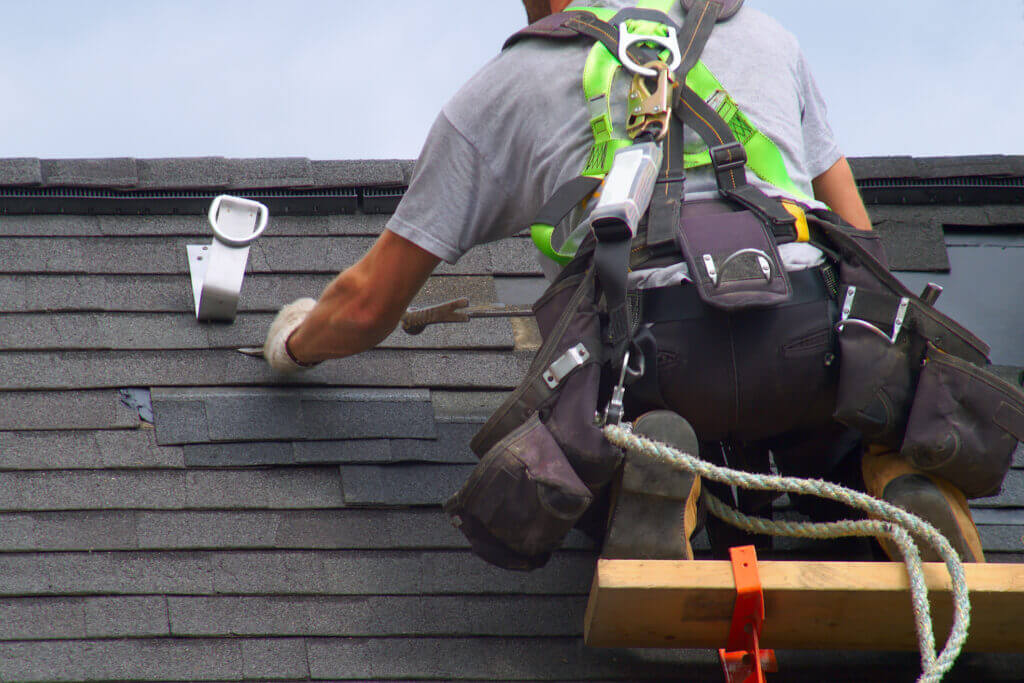
Regular Inspection and Maintenance Tips
- Check Shingles: Regularly inspect for any damage or missing shingles to address issues promptly.
- Clear Debris: Keep gutters and roof surfaces free from leaves and debris to prevent clogs and water buildup.
- Inspect Flashing: Ensure the flashing around vents and chimneys is intact to prevent potential leaks.
- Trim Overhanging Branches: Trim branches to avoid potential damage from falling debris during storms.
- Look for Leaks: Regularly check for signs of water leaks or stains on the ceiling, addressing them immediately to prevent further damage.
Professional Repair Solutions for Ventilation Issues
When it comes to resolving ventilation issues, look no further than Advanced Roofing & Construction. Our team specializes in diagnosing and addressing ventilation challenges, ensuring a healthier home with optimal airflow. With a dedication to top-notch craftsmanship, we offer tailored repair solutions that promptly and effectively tackle issues, enhancing your roof’s longevity and performance. Trust Advanced Roofing & Construction for reliable, comprehensive ventilation problem-solving.
Upgrading Ventilation Systems for Optimal Performance
Revitalize your home’s performance with upgraded ventilation systems. Elevate indoor air quality and energy efficiency through contemporary solutions. Whether it’s the installation of ridge vents or the integration of smart ventilation technology, these enhancements ensure optimal airflow, fostering a healthier and more comfortable living space for the long term.
Conclusion
In conclusion, the critical role of ventilation in preserving the health of your roof is undeniable. Taking proactive steps to protect your roof ensures longevity and optimal performance. When it comes to professional solutions, look no further than Advanced Roofing and Construction. Renowned for their commitment to quality craftsmanship and comprehensive roofing expertise, they stand out as the best professionals for the job. Investing in the care and expertise of professionals like Advanced Roofing and Construction is a proactive choice that guarantees a durable, high-performing roof for the long term. Don’t wait for issues to arise; secure the well-being of your roof today.


